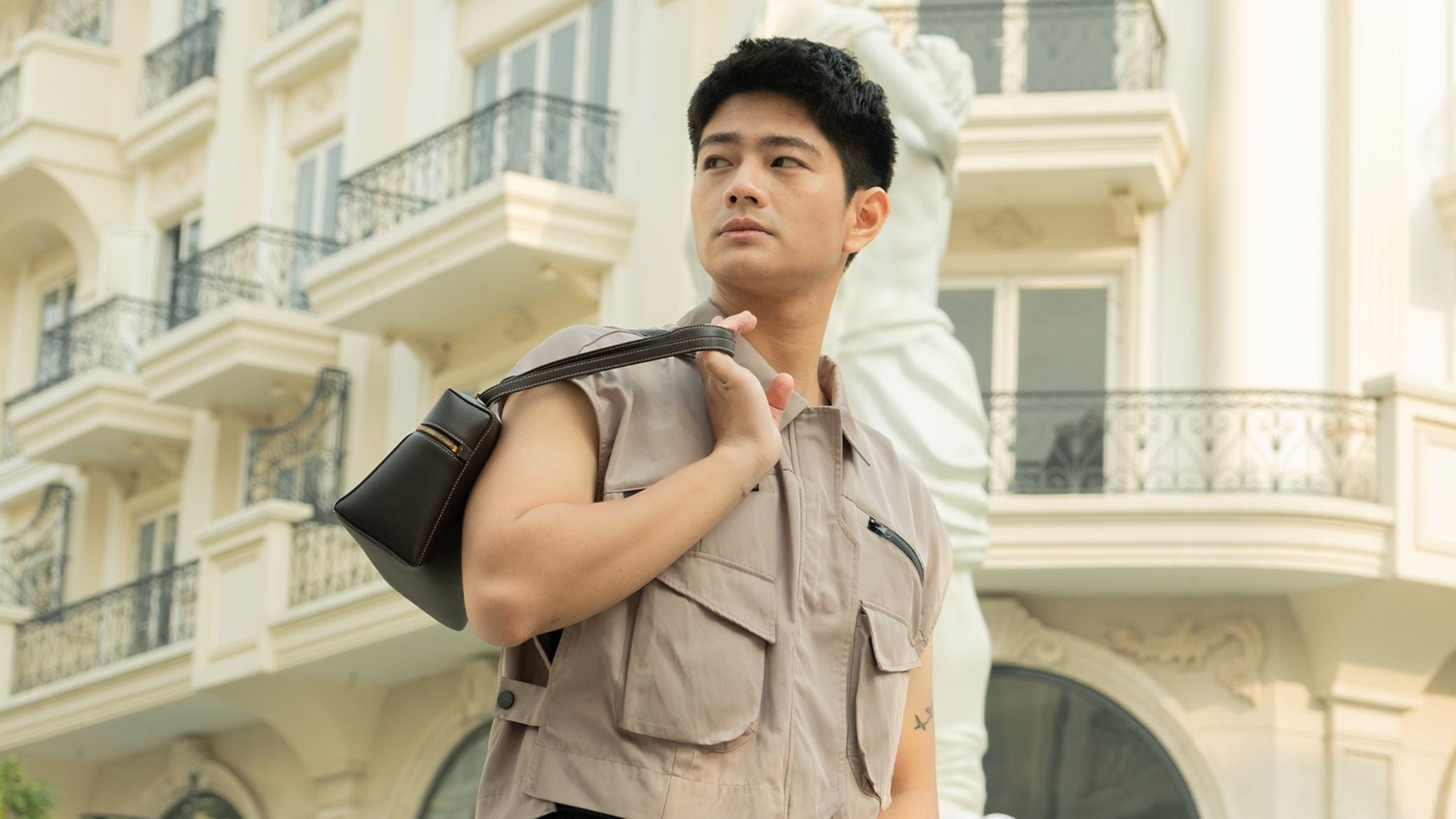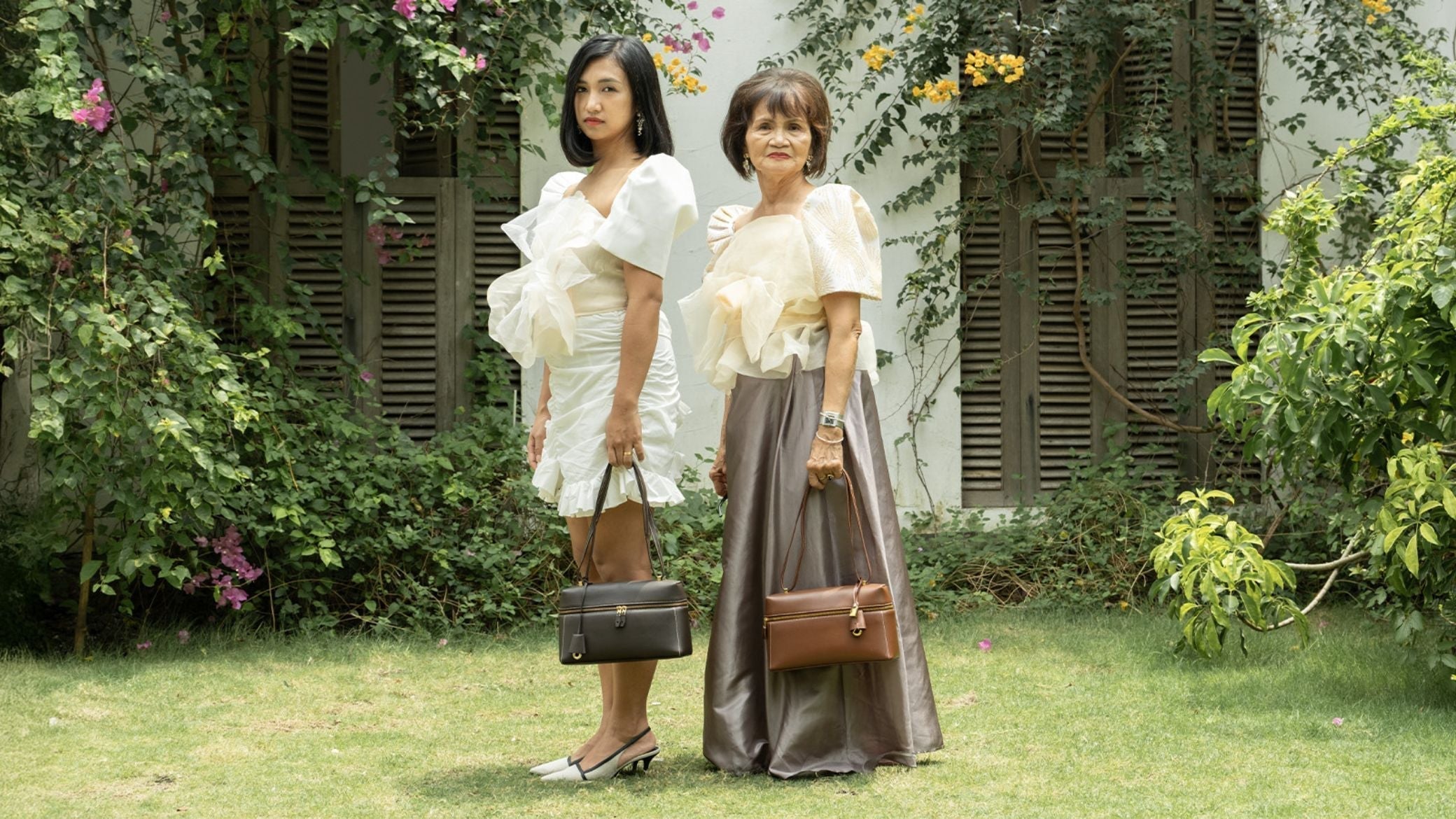
Who Said That’s a Woman’s Bag?
A new era in style where bags don’t ask for permission, and neither should you.
For years, the fashion world has operated on quiet rules—unspoken but deeply ingrained. Some bags were “feminine.” Some silhouettes were “for her.” Crossbody with curves? Not for him. Mini flap with gold hardware? Off-limits unless you’re borrowing, not owning. But here’s the thing: those rules were never really about bags. They were about limiting who we’re allowed to be.
Today, we’re watching that change. Fast.

More and more, men are reaching across the aisle into what was once the women’s section and carrying what speaks to them, not what’s assigned to them. And no, it’s not a rebellion. It’s not a fashion statement. It’s just the truth: bags don’t have genders. People do.
Because a bag doesn’t know who’s carrying it.

It doesn’t clock your pronouns or police your wardrobe. It doesn’t care if you’re in a blazer or a bustier. A bag holds. It carries. It supports. That’s its job. And the rest? That’s marketing.
Let’s call it what it is: labeling a flap bag “for women” and a leather satchel “for men” was always about control—not expression. It’s how fashion systems organized shelves, targeted buyers, and kept style in boxes. But real people? Real people never fit that cleanly.
Men are not just styling “women’s bags.” They’re claiming them.

They’re making soft leather tough. They're turning polished hardware into power. They're pairing elegance with edge and not asking for permission. It’s not about making something masculine. It’s about making it personal.

And maybe that’s the future of fashion: style that’s no longer gendered, just intentional. When you choose a bag not because it’s “made for you,” but because it feels like you.
So no, that’s not a woman’s bag.
It’s not a man’s bag either.
It’s just a beautiful piece carried with intent, worn with presence, and made for anyone who sees themselves in it.
Who said otherwise?







